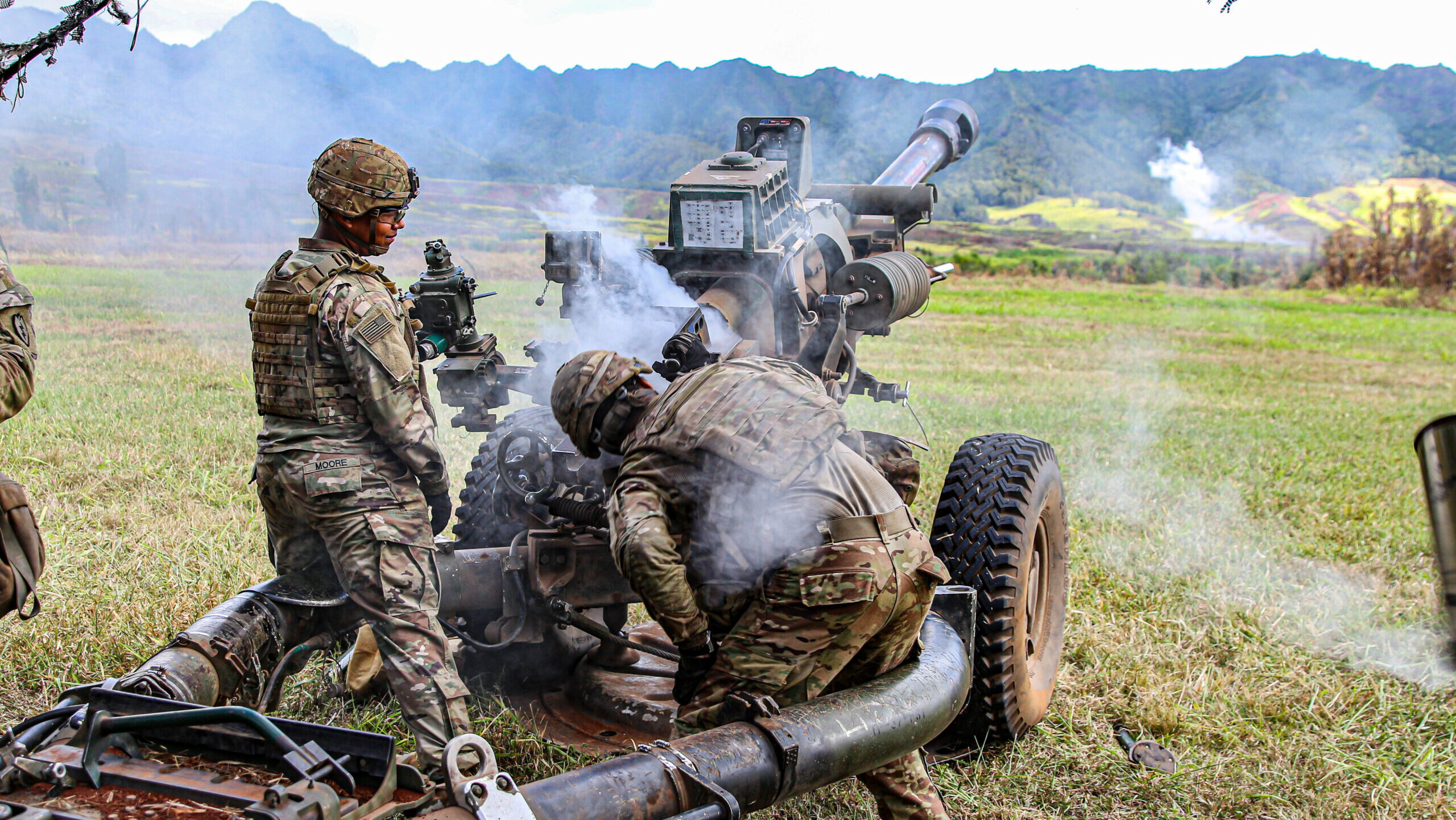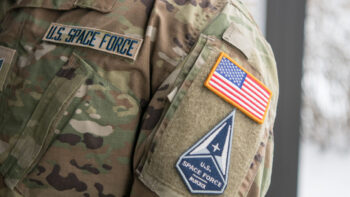
Soldiers with 2nd Battalion, 11th Field Artillery, 25th Infantry Division work with M119 Howitzers to enhance their basic artillery skills on Schofield Barracks, Hawaii, June 14, 2020. (US Army/1st Lt. Stephanie Snyder)
WASHINGTON — To better understand the risks repetitive blasts from weapons are having on a soldiers’ brains and help stem that damage, the US Army is taking a three-pronged approach: get a baseline of recruits’ brains, survey the market for wearable technology that can track what is happening to them and beef up protective gear.
“Starting this June, we will be doing a cognitive assessment on every new soldier coming into basic training, to set a baseline… to where they are before they start as they go do training,” Army Secretary Christine Wormuth told members of the Senate Armed Services Committee today.
In addition to gathering information on baseline cognitive functions, the Army is looking for wearable gauges that would allow the service to track the exact conditions soldiers are exposed to when they are near artillery and grenade fire on a continuous basis. The challenge, Wormuth said, is that finding combat suitable devices has proven tricky because most are not built to survive the conditions soldiers face.
However, she disclosed that Special Operations Command’s fiscal 2025 unfunded priority list — which has not been made public yet — includes a placeholder for such wearable technology and, if those additional dollars come through, the Army could potentially piggyback on that effort.
“We are also looking at what additional personal protective equipment we can provide to our folks, especially instructors and others who are routinely exposed to blast pressure,” Wormuth added.
Over the past year, several high-profile stories emerged about the long-term, traumatic brain injuries military members have experienced after exposure to repeated blasts.
Sen. Angus King, I-Maine, for example, today cited a case involving an Army reservist who had been an instructor on a hand grenade training range. After experiencing TBI, he subsequently shot and killed 18 people.
In November 2023, the New York Times also published a lengthy investigation into TBI injuries and the aftermath of artillery crew members who deployed to Syria and Iraq in 2016 and 2017 to fight the Islamic State. While that article, by and large, focused on Marines, it details years of nightmares, panic attacks, hallucinations, and incidents of death by suicide some faced after returning home.






















